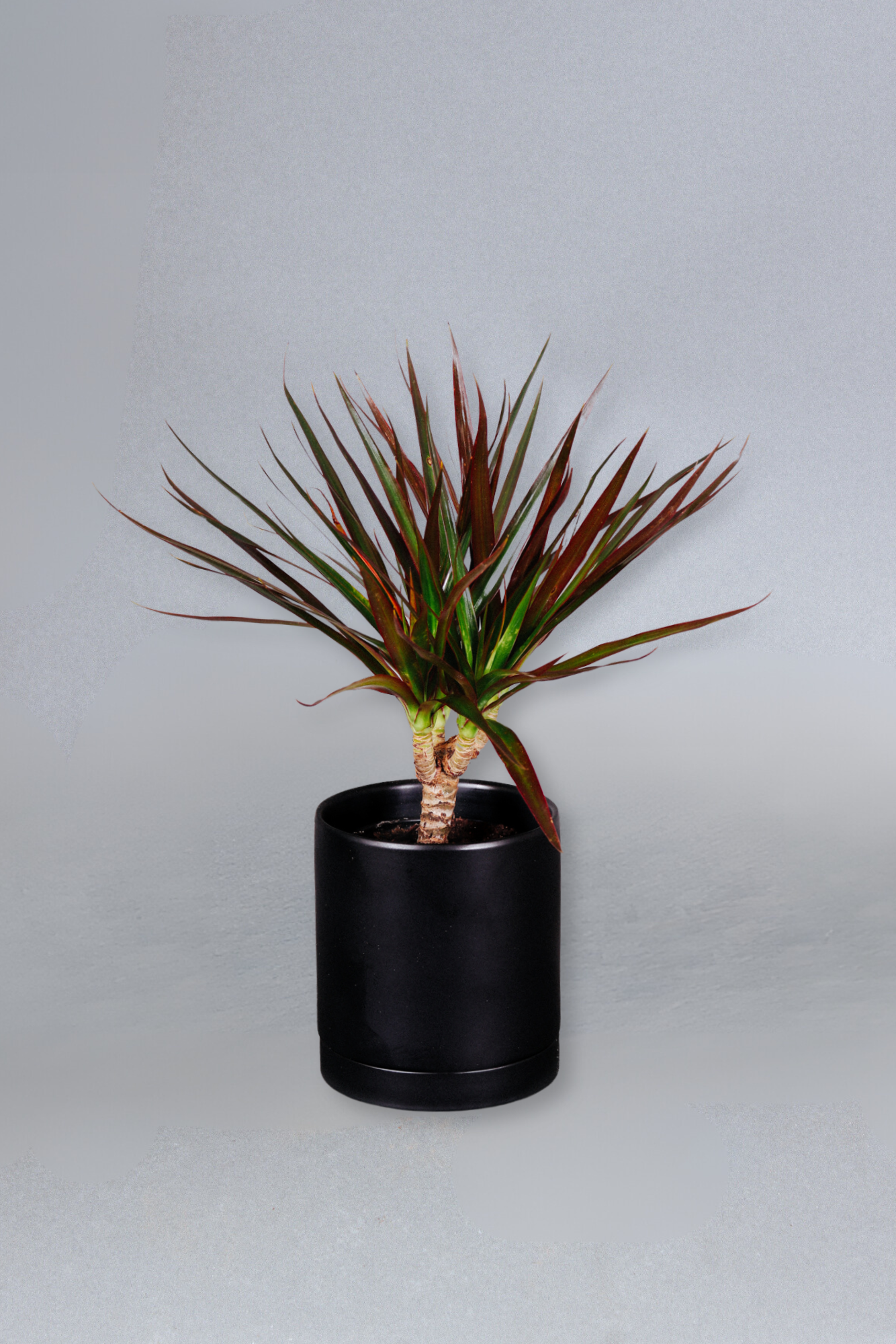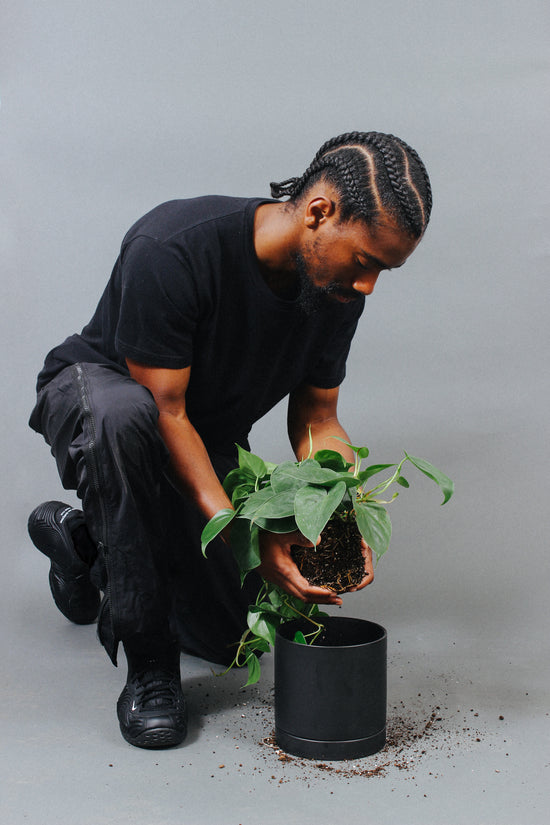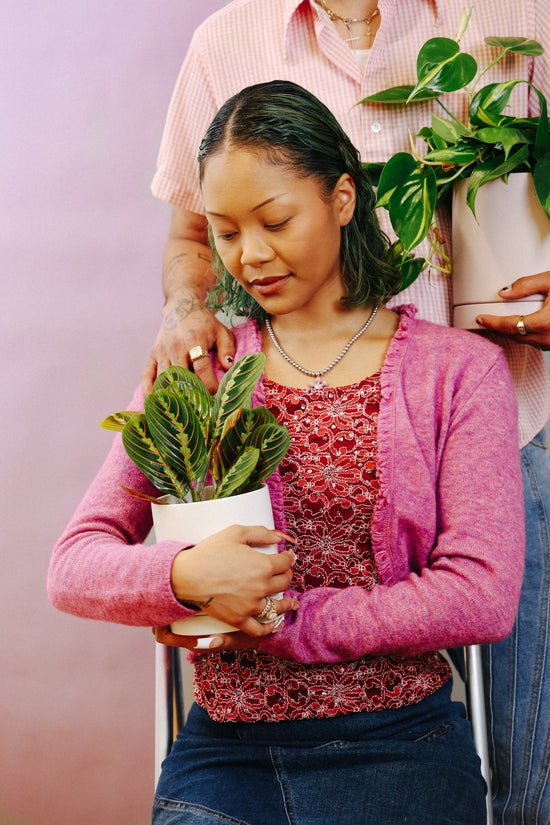Even the most dedicated plant enthusiasts can find their green collection prone to a fungus infestation. Fungus can quickly spread, causing harm above and below the soil, even spreading to nearby plants. Rest easy, we'll guide you through everything you need to know! Learn how to identify, treat, and prevent fungus on your houseplants.
Identifying Fungal Infections
Once fungi has found a home in one of your plants, it's often visible to the human eye. Fungus is often found on the soil's surface or across leaves. It can also be found below the soil amongst the plant's roots. As soon as you've noticed any of the signs listed below, take action quickly to prevent the fungi from spreading.
- Fuzzy growth that is white, yellow, or grey
- Foul odor coming from the soil, especially when wet
- Mold growth
- Dark, irregularly-shaped spots on leaves
Natural Remedies
These easy treatments can be effective, affordable, and long-lasting when working to rid your beloved greenery of infection. Start with one treatment and try others if you're in need of a new approach.
-
Neem Oil: Neem oil is a natural fungicide. Mix with water and spray it on infected plants. It not only kills existing fungus but also prevents future outbreaks.
-
Hydrogen Peroxide: Diluted hydrogen peroxide can treat fungi in the soil or on plant leaves. Mix 1 part 3% Hydrogen Peroxide with 3 parts water and use right away.
-
Baking Soda Solution: A solution of baking soda and water (1 teaspoon of baking soda per quart of water) can help control fungal diseases. Spray it on affected plants every 1-2 weeks.
-
Cinnamon Powder: Cinnamon has antifungal properties. Sprinkle cinnamon powder on the soil surface to prevent the growth of fungus.
Recovery and Aftercare
Once you've started treating your plants, you can take other steps to ensure they make a full recovery without spreading infection to nearby greenery. With correct care, your plants can thrive and grow back even healthier than before.
-
Isolation: Remove the infected plant from other healthy plants to prevent the spread of the fungus.
-
Trimming: Prune away severely affected parts of the plant. Disinfect your pruning tools with rubbing alcohol after each cut to avoid spreading the infection.
-
New Soil: Fungi in the soil can be easily targeted by repotting your plant in new soil, being sure to rinse off the roots. If you suspect any open bags of soil may be infected, it's best to skip the bag and use brand new soil. Alternatively, you can sanitize soil in the oven using a foil-covered dish at 200º for 30 minutes.
-
Optimal Conditions: Ensure your recovered plant receives the right amount of light, water, and nutrients to aid its recovery process.
Preventing Fungus on Houseplants
Now that you've figured out how to eliminate fungus on your plants, understand how to prevent the issue from returning. Be sure to spread the word to your friend and family who care for their own greenery.
Proper Watering
Overwatering creates a breeding ground for fungi. Ensure your pots have drainage holes, and water your plants after the top two of soil is dry. If your pot does not have a drainage hole, add 1-2 inches of pebbles at the base of the pot.
Adequate Air Circulation
Good airflow prevents moisture from settling on leaves, reducing the risk of fungal growth. Use fans or open windows to promote circulation, especially in humid environments.
Quarantine New Plants
Before integrating a new plant into your collection, quarantine it for a few weeks by keeping it a few feet removed from nearby plants. This helps you detect any existing issues before they spread.
Maintain Cleanliness
Regularly clean dead leaves and debris from the soil surface. Fungi thrive in decaying organic matter.
Questions about your collection? Book an Office Hours call with our Plant Specialist.








